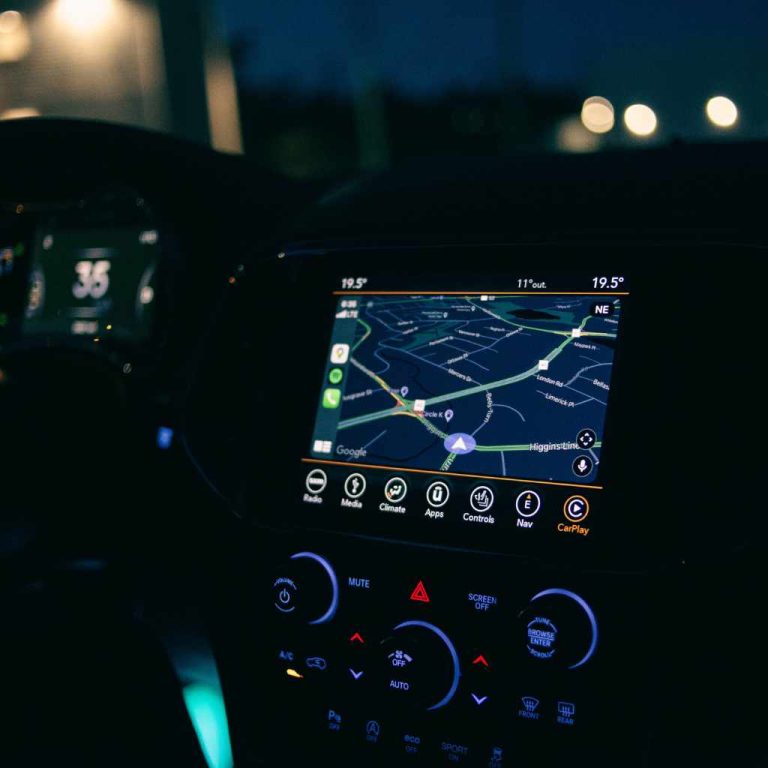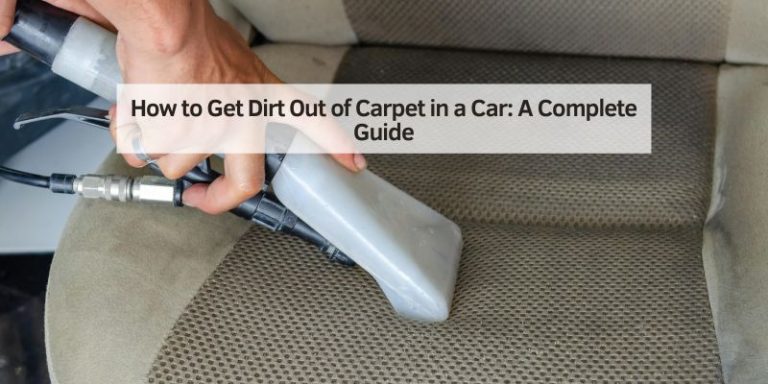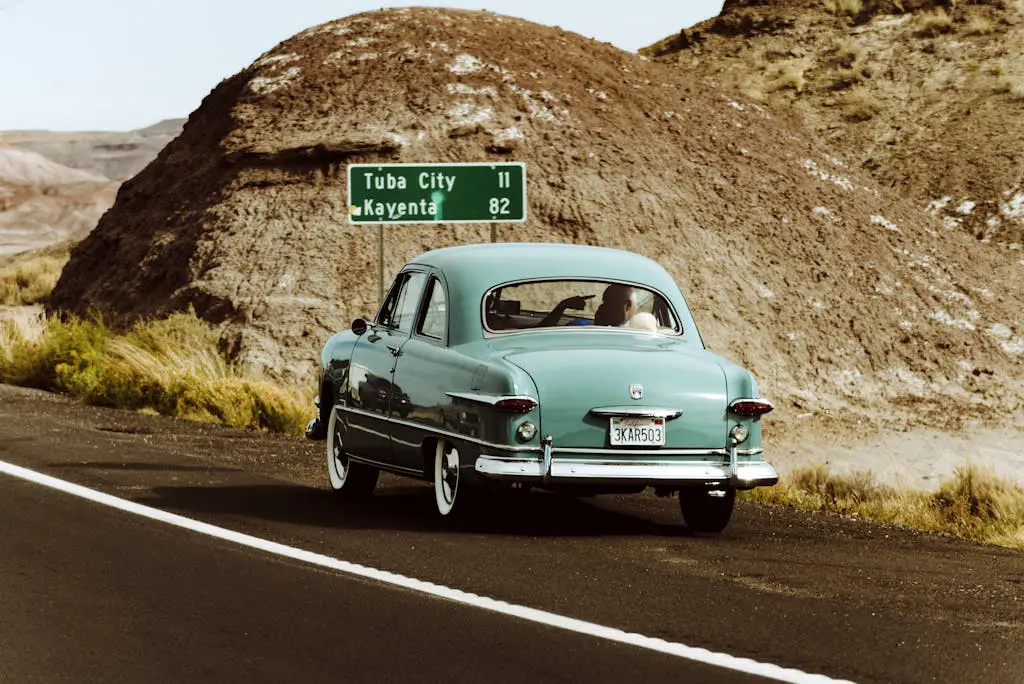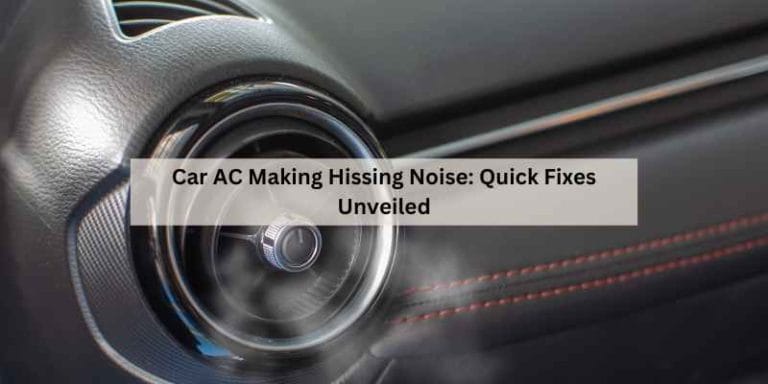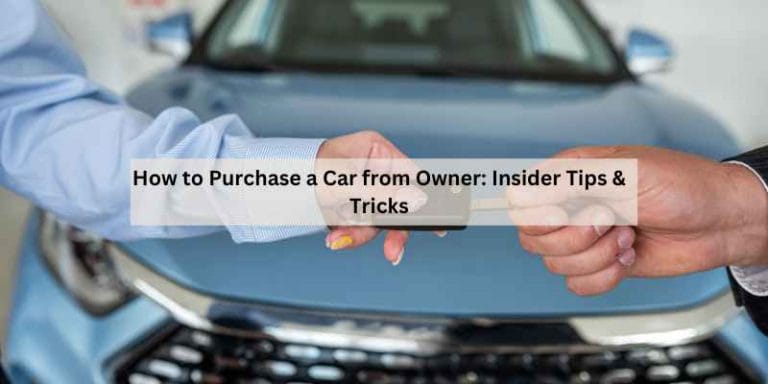How to Pay Cash for a Car at Dealership: Smart Tips
To pay cash for a car at a dealership, first do your research and calculate the price you expect to pay for the vehicle. Do not inform the salesperson that you plan to pay in cash before negotiating the price.
You can use physical cash, a cashier’s check from your bank, write a personal check, or initiate a wire transfer from your bank to the dealer or seller’s account to pay for the car. It is important to keep all transactions safe and secure by never giving out personal or banking information.
Paying cash for a car at a dealership can have its advantages, such as giving you the upper hand in a negotiation. However, some dealers may prefer you to finance the car so they can make commission profits on the loan. It is essential to do your homework and research before entering the dealership. This includes knowing the sticker price versus the invoice, incentives, your trade-in value, and loan interest deals. We will discuss the steps to pay cash for a car at a dealership and what to keep in mind during the process.
The Cash Advantage
|
Pros of Paying With Cash:
Cons of Cash Transactions:
|
Preparing Your Finances
- Set a realistic budget for your car purchase.
- Consider your monthly income and expenses to determine how much you can afford to spend on a car.
- Factor in additional costs such as insurance, maintenance, and registration fees.
- Research different car models and their prices to get an idea of what you should budget for.
- Look for ways to save money, such as cutting back on unnecessary expenses or finding ways to increase your income.
- Start saving early by setting aside a portion of your income specifically for your car purchase.
- Create a separate savings account or use a budgeting app to track your progress.
- Consider saving any unexpected windfalls or bonuses towards your car fund.
- Look for opportunities to earn extra income, such as taking on a part-time job or freelancing.
- Avoid unnecessary expenses and prioritize your car savings over non-essential purchases.
Researching The Right Vehicle
Researching the right vehicle is crucial when looking to pay cash for a car at a dealership. Start by evaluating car models that suit your needs and budget. Consider factors such as fuel efficiency, maintenance costs, and resale value. Additionally, assess the total ownership costs including insurance, taxes, and registration fees to make an informed decision. Researching thoroughly will help you negotiate effectively and make a confident purchase.
Navigating Dealership Dynamics
Before purchasing a car, research the sticker price, incentives, and trade-in value. Calculate your expected payment and negotiate without revealing your intention to pay cash. Paying cash can sometimes give you leverage, but dealers may charge more or prefer financing for commission. It is unlikely to trigger an IRS audit, but check with your bank or accountant. Payment options include physical cash, cashier’s checks, personal checks, or wire transfers. For a secure transaction, use a cashier’s check or an escrow service to safeguard your banking and personal information.
Negotiating The Best Deal
Before shopping for a new car, do your homework on sticker price vs. invoice, incentives, trade-in value, and loan interest deals. Calculate what you expect to pay for the new vehicle. Don’t disclose your plan to pay cash before negotiating.
Paying cash can give you leverage, but some dealers may charge more if they know you’re paying in cash. They might prefer you to finance the car to make commission profits on the loan. Consider using a cashier’s check or an escrow service for a safe and secure cash payment.
Payment Methods And Security
When it comes to paying cash for a car at a dealership, there are a few different payment methods to consider. One option is to use physical cash, but that may not be the safest or most secure choice. Instead, you can get a cashier’s check from your bank or write a personal check. However, it’s important to keep in mind that some dealers may prefer you to finance the car so they can make commission profits on the loan. In terms of security, the safest and most secure option for paying for a car in cash is a cashier’s check drawn from the bank’s funds, not yours. You can also use an escrow service if purchasing a used car from a private owner. Ultimately, it’s important to do your research and carefully consider the payment method that works best for you.
| Payment Methods | Security |
|---|---|
| Cashier’s Check | Safe and secure option drawn from bank’s funds |
| Physical Cash | Not the safest or most secure option |
| Personal Check | May not be preferred by dealers and may take time to clear |
| Wire Transfer | Can be secure but may involve fees and potential delays |
Finalizing The Purchase
|
When finalizing the purchase of a car with cash at a dealership, it is important to understand the sales agreement. Take the time to read through the document thoroughly and ask any questions you may have. Make sure all the details of the sale, such as the price, taxes, and fees, are clearly stated and agreed upon. In addition to the sales agreement, there is also necessary paperwork that needs to be completed. This may include documents for the title transfer, registration, and insurance. Be sure to have all the required documentation ready and provide it to the dealership as soon as possible to avoid any delays in completing the purchase. |
Post-purchase Considerations
After deciding to pay cash for a car at the dealership, it’s important to research the sticker price, invoice, incentives, and trade-in value. Avoid mentioning your payment method to the salesperson during negotiations. This approach may give you leverage in the deal.
Insurance And Registration
After paying cash for a car at the dealership, it’s important to arrange insurance and registration promptly. Contact your insurance provider to add the new vehicle to your policy. Then, visit the local DMV to complete the registration process and obtain license plates. Ensure that all necessary documents and fees are submitted to avoid penalties.
Long-term Maintenance Planning
Long-term maintenance planning is essential for keeping your car in optimal condition. Create a budget for routine maintenance, such as oil changes and tire rotations. Additionally, consider setting aside funds for unexpected repairs to avoid financial strain in the future. Adhering to the manufacturer’s recommended maintenance schedule can prolong the lifespan of your vehicle.
Conclusion
Paying cash for a car at a dealership can be a smart financial move. Before heading to the dealership, do your research and calculate the expected cost of the vehicle. During negotiations, avoid mentioning your plan to pay cash as it could result in higher prices.
Consider using a cashier’s check or wire transfer for a secure transaction. Remember to consult with your bank or accountant to ensure a smooth payment process. Buying a car with cash can provide you with an advantage in negotiations and save you from potential loan interest.

